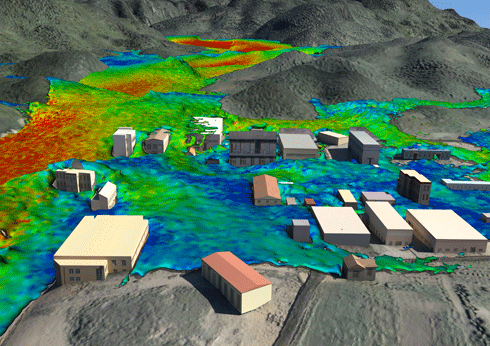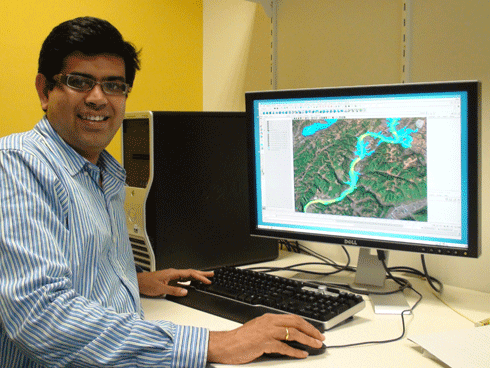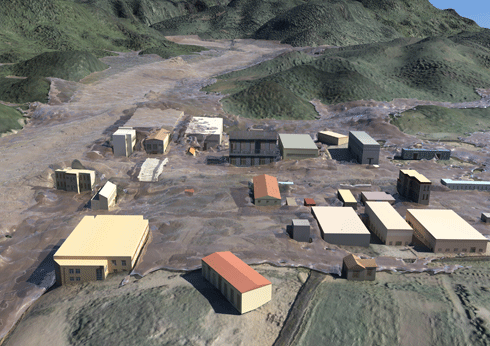
|
Published: 2 April 2012
Invasive plant reduces cane toad threat to blue-tongues
The Australian blue-tongue lizard population, at risk from ingesting toxins produced by cane toad prey, may have been granted a reprieve thanks to an introduced plant that has become a weed in Queensland and New South Wales.

|
|
Eastern blue-tongue lizard (Tiliqua scincoides scincoides), Black Mountain, Australian Capital Territory Credit:
CSIRO, photo by Carl Davies
|
Cane toads were introduced into Australia in the 1930s to control beetles that destroy sugar cane crops, but the toads quickly became an ecological disaster. They produce toxins that have proven deadly to many native Australian species, including lizards that feed on frogs and toads.
Blue-tongue lizard numbers began to shrink significantly after the toads arrived in northern Australia. But according to research published recently in American Naturalist, blue-tongue populations may well fare better as the toads spread across the continent.
The study, led by Professor Richard Shine of the University of Sydney, was prompted by an observation that arose during research on the ecological impacts of invasive cane toads in Australia.
‘Some lizard populations were vulnerable to bufotoxins whereas others were not—and the populations with high tolerance to bufotoxins included some that had never been exposed to toads.’
Why would these populations have evolved a tolerance to the toad toxin when no toads were present?
The answer, according to Prof. Shine and his colleagues, is likely to be an invasive plant species known as mother-of-millions, which produces a toxin almost identical to that of the cane toad. It was imported from Madagascar as a decorative plant some 70 years ago, and has become an declared pest plant in Queensland and New South Wales. It is toxic to cattle, competes with native plants, and reduces food plants for native herbivores, among other impacts. It has also become part of the diet for local blue-tongues.
Prof. Shine and his colleagues collected blue-tongues from places with and without mother-of-millions, and injected each of them with a tiny amount of cane toad toxin. They found that toads from places where mother-of-millions is common had a reduced reaction compared with those from places where the weed was absent.
The results suggest that in areas where the plant grows, the lizard population is made up mostly of individuals that can tolerate bufotoxins. In other words, the weed drives strong selection for lizards that can tolerate the toxins produced by cane toads. This is a remarkable example of evolution over a relatively short period of some 20 to 40 generations of lizards.
‘It's an interesting case of one invasive species preparing local predators for the arrival of another,’ says Prof. Shine.
‘Now it appears we have a population of eastern blue-tongue lizards that are able to defend themselves well against cane toads—even though they've never actually met one—whereas the devastation of the cane toads on the northwestern lizard population continues. Eating this plant has pre-adapted the eastern blueys against cane toad poisons.’
The Australian government has spent millions trying to deal with the toads and mitigate their ecological impact. The work of Prof. Shine and his team suggests that the eastern blue-tongues might not need much help.
Prof. Shine suggests that a valuable outcome of the research is that conservation dollars can be focused on native wildlife populations that can't care for themselves.
Source: EurekAlert!






